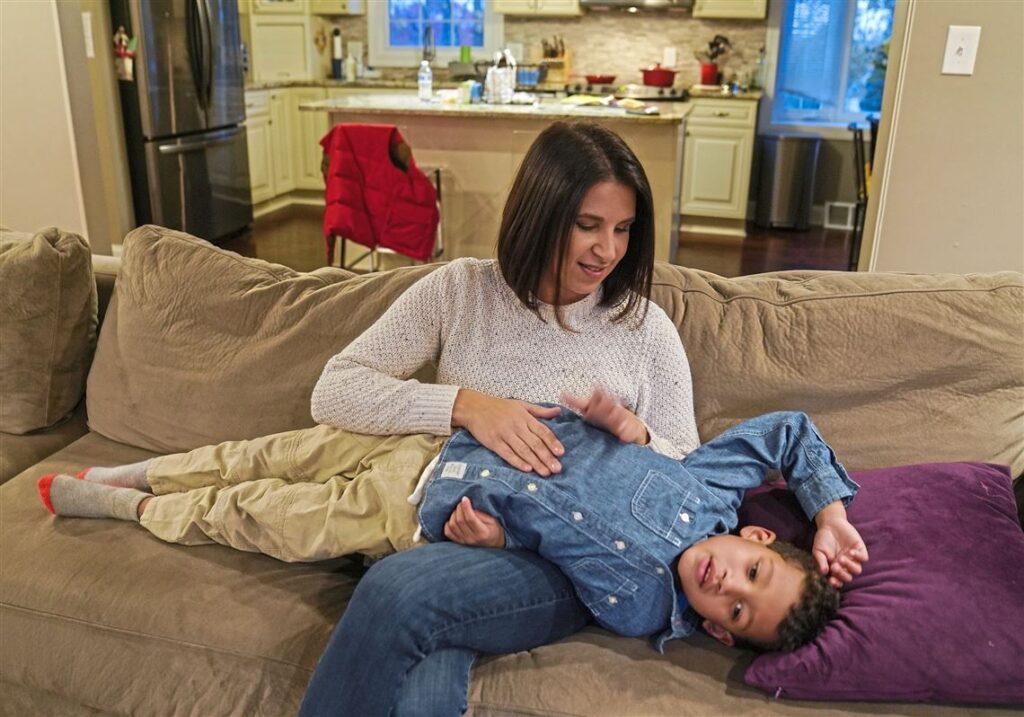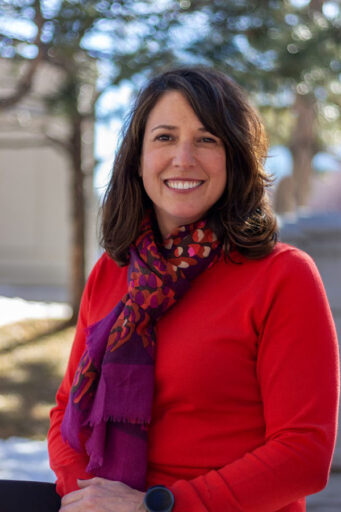
The opinions, beliefs and viewpoints expressed by our guest columnists do not reflect the opinions, beliefs and viewpoints of this publication.
Jill Hunsaker Ryan
Executive Director of the Colorado Department of Public Health and Environment
Haga click aquí para leer la versión en español
The connection between public health and tax returns may not be obvious at first.
In 2021, through the passage of the American Rescue Plan, the Biden administration expanded the Child Tax Credit (CTC). Combined with the expanded Earned Income Tax Credit and the Child and Dependent Care Tax Credit, these programs add up to thousands of dollars that can lead to an array of health improvements for families and working people.

The positive impact of this expansion has been remarkable. In just six months, the new funds made available by last year’s expanded Child Tax Credit cut childhood poverty nearly in half. Those working in public health know that economic mobility improves health and educational outcomes. Tax credits can mean catching up on bills, paying for childcare to make working possible, or buying more nutritious food — and that is exactly how many families spent their Child Tax Credit payments last year, according to the Census Bureau.
Together with the Polis-Primavera administration, the Colorado Department of Public Health and Environment is committed to helping families throughout Colorado take full advantage of these available tax credits. The state will use more than $1 million in American Recovery Plan Act (ARPA) funding this year to help people access these tax credits.
No one enjoys filing taxes, and for those not accustomed to doing so because they don’t earn enough to owe taxes, the process can seem daunting. However, filing a tax return is the only way for individuals to receive these valuable tax credits. That’s why we’ve boosted capacity at IRS-certified Volunteer Income Tax Assistance (VITA) sites across Colorado, which offer free tax preparation services to low-income and non-English speaking households. Besides this in-person help, Coloradans can file a tax return for free online, or even snap photos of tax documents to file remotely.
In February, we launched a statewide campaign, Get Ahead Colorado, to encourage Coloradans to file their taxes by April 18 and receive these cash benefits. New websites, GetAheadColorado.org in English and HaciaAdelanteColorado.org in Spanish, provide information and support to Colorado families to help them navigate the tax filing process.
Before its expansion, nearly half of all Black and Hispanic children nationwide couldn’t receive the full benefit of the Child Tax Credit because their families didn’t earn enough income to qualify. Now nearly all Colorado families with children — more than 92% — are eligible for the Child Tax Credit. In Colorado, the expansion means that 350,000 more kids are now able to receive the benefits. Those who file their taxes this year can get up to $3,600 per child through the Child Tax Credit. And for families who are paying for child or dependent care, the Child and Dependent Care Tax Credit can provide up to an additional $8,000 depending on filing status, income and number of dependents.
Roughly one out of every four Coloradans miss out on the Earned Income Tax Credit – which could mean up to $7,400 for low-wage workers. This expanded credit particularly benefits those living in rural communities. An estimated 42,000 workers without children living in Colorado’s rural areas are eligible for the credit this year who were previously unable to claim it.
When families and low-wage workers have the full support they need, it benefits all Coloradans. Until April 18, we’ll be running statewide radio, digital, search, text and social media ads to spread awareness of our assistance programs. Through our partners and communication channels, we hope to reach Coloradans who need this help the most.
You may also like:
Secretary Becerra: “We do not persecute users; we seek to save their lives”






otras noticias
Antisemitism Strikes Colorado’s Jewish Community
Informal hot dog sales raise concerns in Denver
16th Street fills with free events and community activities